
5 minute read
The Negative Effects Of Infrequent Driving On Vehicle Performance
from 04.05.23 issue
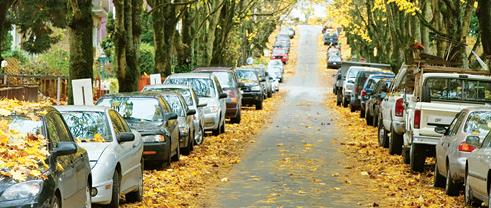
Driving puts a certain measure of wear and tear on a vehicle. Whether a vehicle is used primarily for commuting or as a vessel to take travelers to parts unknown, wear and tear is inevitable. On the opposite end of the spectrum, individuals may not realize that failing to drive their vehicles regularly also can affect performance. Here’s a closer look at what can happen when vehicles sit idle for lengthy periods of time.
Advertisement
• Battery loses its charge. The battery in a vehicle is still being used even if the car isn’t running. Batteries power various components in a car, such as the vehicle computer, phone chargers and more. If the engine does not turn over and help to recharge the battery, the battery will eventually die. People who drive infrequently may want to consider a trickle charger that’s plugged in during periods of nonuse.
• Tire rot can set in. Dry tire rot is deterioration that sets into the rubber. The material dries out and becomes brittle, causing splits and cracks to form. Driving with tire rot can cause tires to deflate.
• Rust and corrosion can occur. There is still plenty of metal in modern vehicles. A vehicle that has been exposed to salt or rain or one that is stored in a moist climate can be susceptible to undercarriage or engine rust. This may cause damage that’s not easily repaired.



• Damage from sap or droppings. A vehicle parked in one location for a long time could be a target for bird droppings, fallen berries, sap, and other substances that are potentially harmful to the paint job. Leaving the car or truck out in the sun also means UV rays can cause clear coat over the paint to oxidize and begin to fail, which can produce blotchy or peeling spots.


• Poor brake performance. When vehicles are left to sit, corrosion could build up on the rotors and the brake pads may become less flexible. Moisture also may seep into brake lines, causing issues with pressurization of brake fluid. Each of these factors adds up to brakes that do not work properly — which is a big safety hazard.





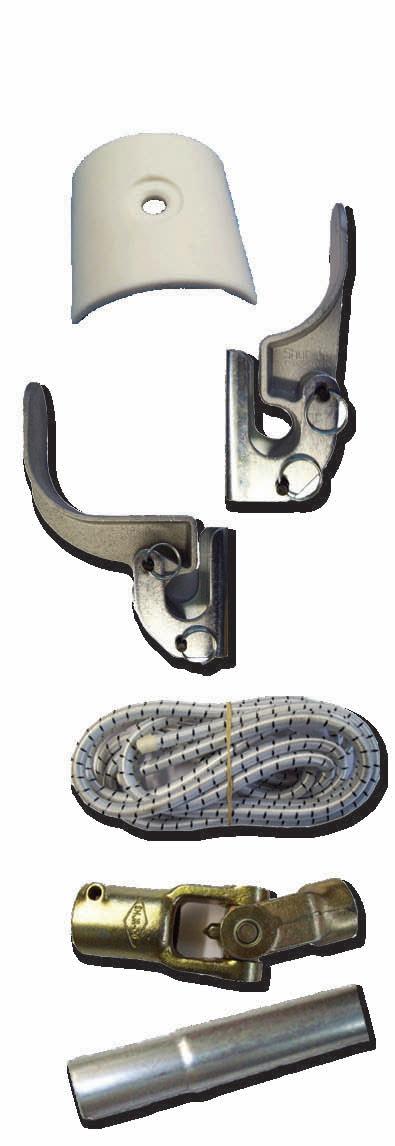
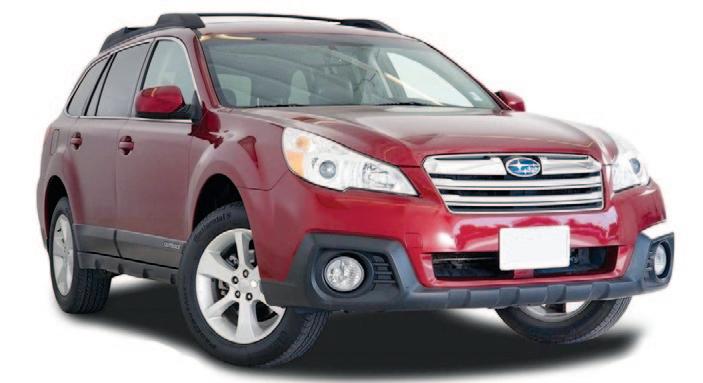
• Formation of tire flat spots. When tires are not used frequently, the weight of the car can continually put pressure on the same parts of the tires, leading to flat spots. Tires also can lose pressure.
• Oil and other fluids may lose efficacy. Various fluids can go stale in a vehicle if it isn’t regularly driven. Gasoline also may develop condensation, which can reduce efficiency and performance. Taking short trips helps avoid this issue. Infrequent driving can cause damage to a car or truck. But many potential issues can be avoided by driving vehicles more often.


Did You Know?
Anything that takes a driver’s attention away from the road is considered a distraction. That includes adjusting the radio station, looking ahead at the route on a navigation system, reaching into the fastfood bag for a French fry, and answering a phone or responding to a text. Distractions can be visual (taking eyes off the road), manual (taking hands off the wheel), and cognitive (taking your mind off driving).
Whether it is good for people or not, multitasking is now commonplace. That means individuals are juggling two or more different tasks at one time, even while driving. This propensity to try to fit more into a day may seem like it is improving efficiency, but certain studies show that multitasking often means the focus and attention to detail supplied to tasks isn’t as great when doing two things at once as opposed to focusing on one task at a time.
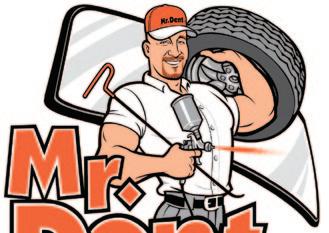
In terms of driving while distracted by something else, the consequences can be great. The National Highway Traffic Safety Administration says about 3,000 Americans die in crashes involving a distracted driver every year. Younger drivers, or those between the ages of 15 and 20, are more likely to become distracted drivers than other age groups. The Canadian Automobile Association says drivers who drive distracted are eight times more likely to be in a crash or nearcrash event compared with nondistracted drivers. Transport Canada’s National Collision Database indicates distracted driving contributes to an estimated 21 percent of fatal collisions each year and around 27 percent of serious injury collisions.


There is still work to be done to encourage drivers to be more attentive behind the wheel.


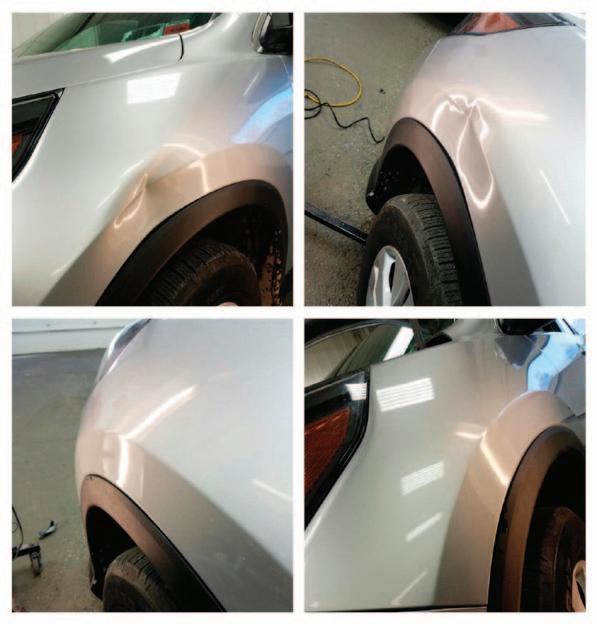


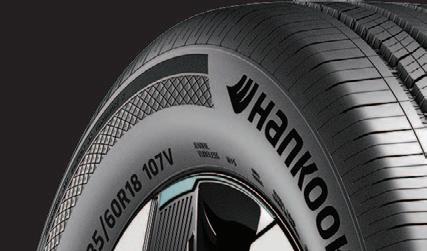
Drivers in the market for a new or preowned vehicle over the last couple of years likely discovered that the process of buying a car or truck is as difficult as ever.


Prior to and during the COVID19 pandemic, factory closures, supply chain issues, semiconductor chip shortages, and a bevy of other complications led to fewer vehicles on lots and much higher sticker prices on cars that were on the lot. That has caused people who are on strict budgets to reevaluate priorities and timelines.
According to Ivan Drury, Edmunds’ senior manager of insights, consumers can’t expect to walk into the dealership thinking they’re going to find incentives or bargains right now. Plus, they may not even be able to see or test drive a vehicle they want. That reality makes now a great time for car shoppers to rethink their buying strategies.

Choose a Different Vehicle Class Tyson Jominy, Vice President of Data and Analytics at J.D. Power, says vehicle inventory in November 2021 reached record lows. Although there has been some improvement in 2022, consumers may still have to make some concessions if they need a vehicle promptly. SUVs and pickup trucks have been some of the hardest inventory to find. Considering a sedan or even a compact car may be the only way to get a new car quickly.



Wait it Out
Those with the luxury of time may continue to wait for inventory to increase and prices to decrease. Tech experts, including Intel CEO Pat Gelsinger, expect chip shortages to persist into 2024. If a person’s vehicle is in good condition, it may be more economical to hold on to it a little longer and do the maintenance required.
Seek Out
No-Markup Dealerships

It may take some investigation, but there are certain dealerships that are not adding astronomical markups, also called “market adjustments,” to the costs of their vehicles. These dealers may advertise online, and car buyers can always call ahead to ask about markups.











Take
What You Can Get
Lots filled with a variety of makes, models, colors, and features are no longer the norm. Shoppers will be afforded more flexibility in price if they’re willing to take what’s available.
Check with Different Lenders
The Federal Reserve increased interest rates in the middle of 2022 and it initially planned to increase rates a few more times throughout the year. People, particularly those who do not have the best credit, can do themselves a favor and shop around at different banks for the best loan rates — the loan may be less costly than what’s offered through the dealership. Also, certified preowned vehicles tend to come with promotional interest rates that are lower than the average APR, which makes them a viable alternative.
Vehicles are still expensive and in short supply, necessitating changes to how people buy their cars or trucks.










